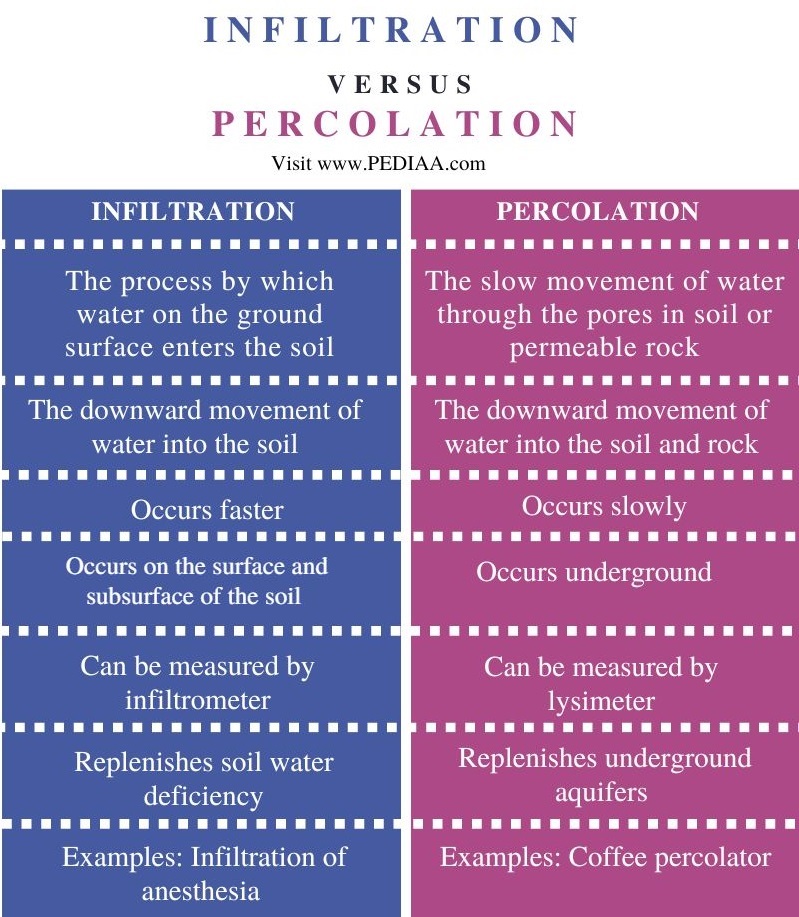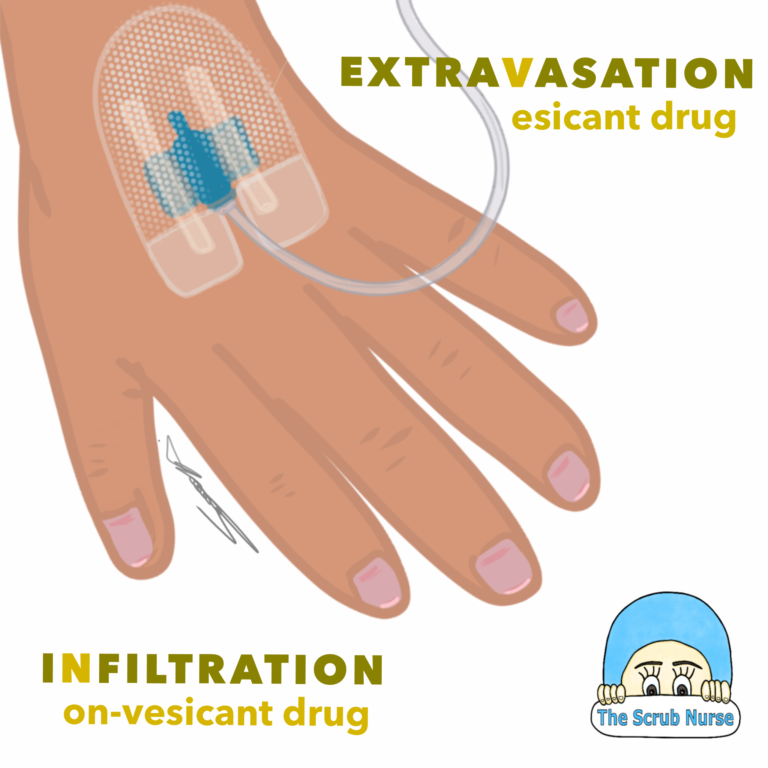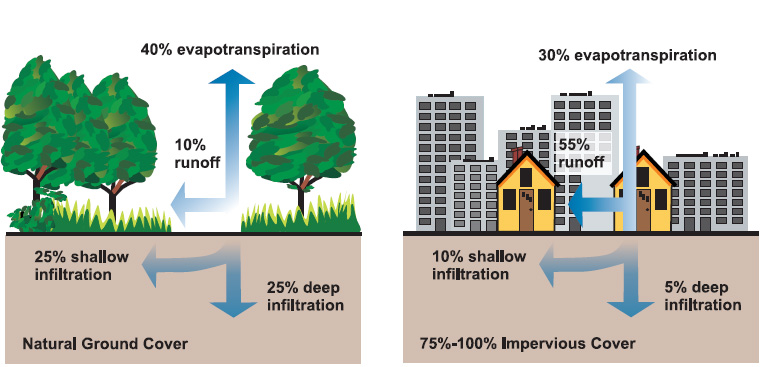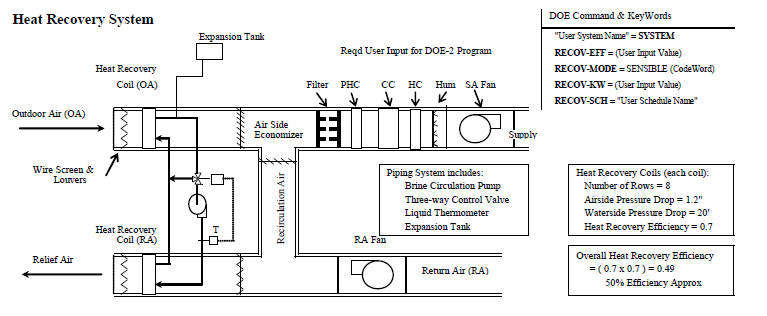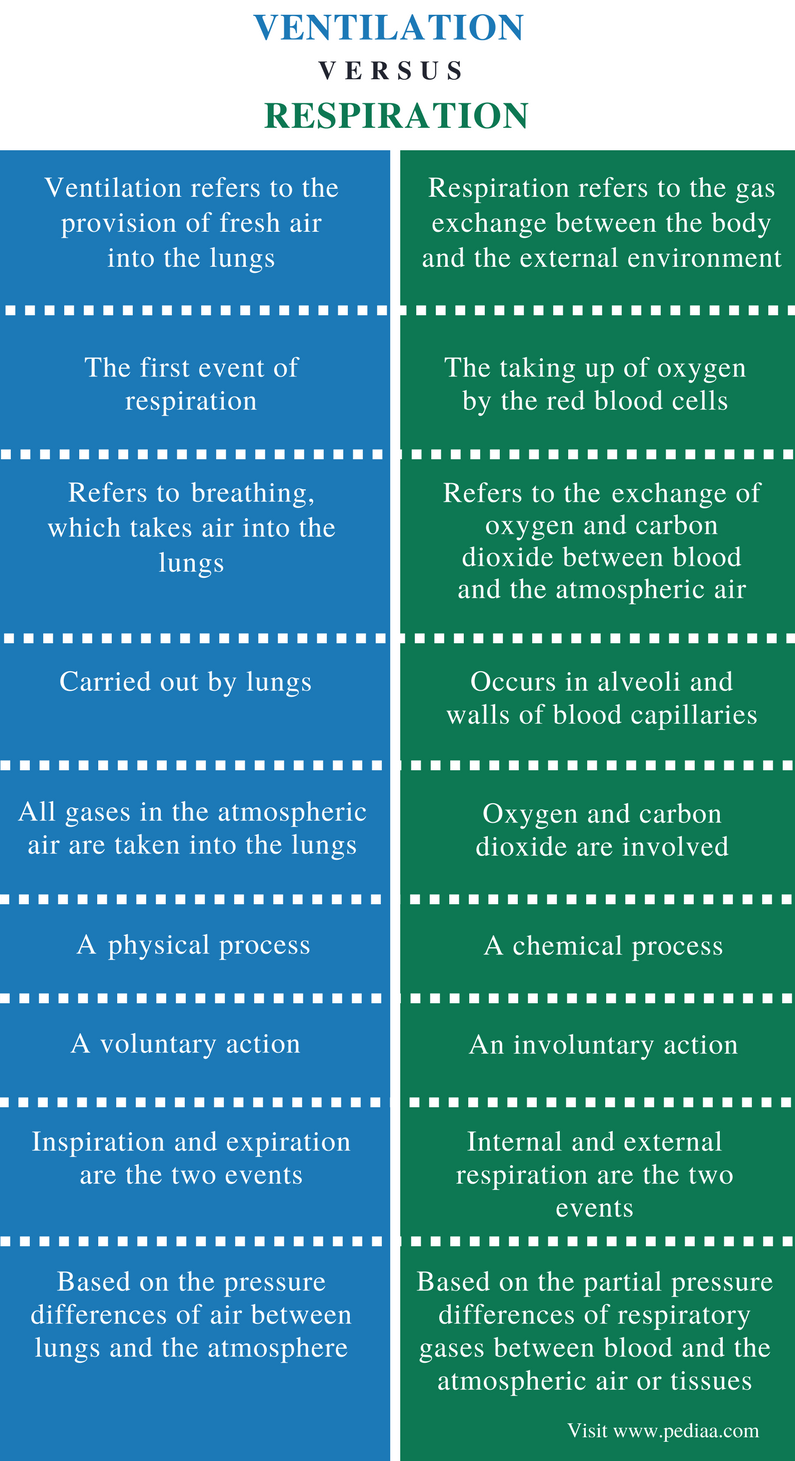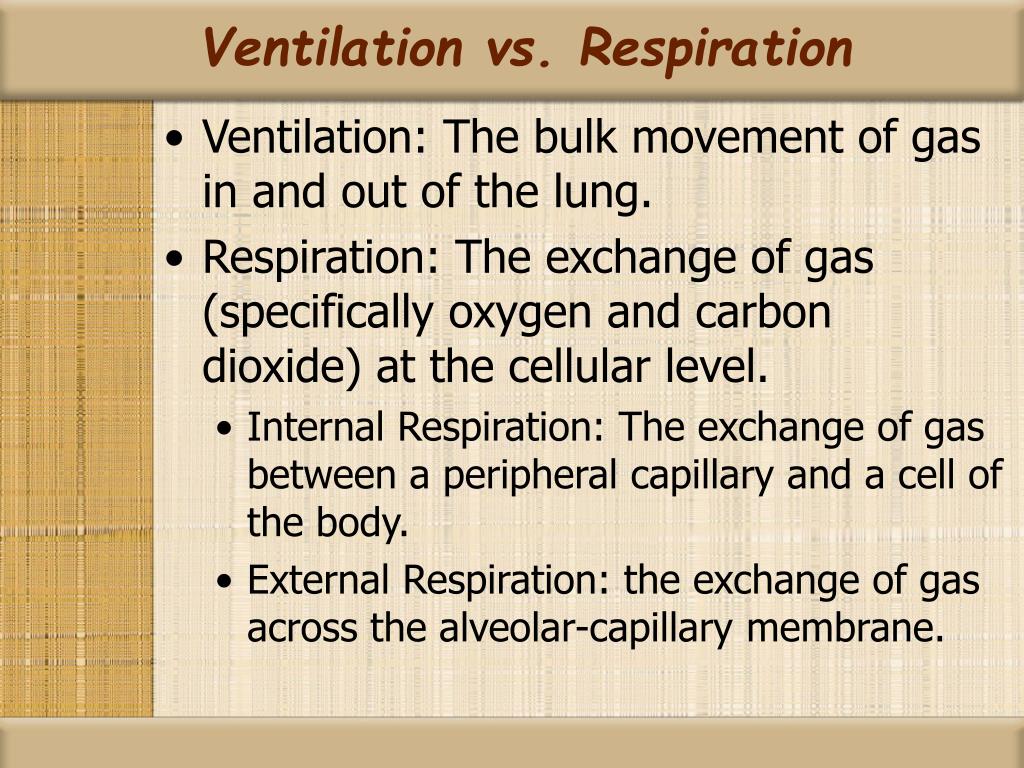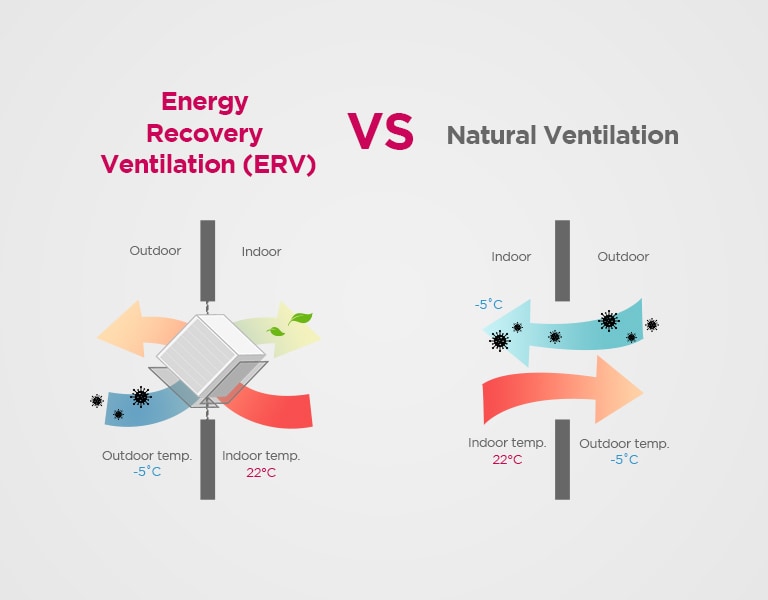What Is The Difference Between Infiltration And Ventilation

Indoor air quality is under scrutiny as concerns about airborne viruses and pollutants intensify. Understanding the nuances between infiltration and ventilation is crucial for creating healthier indoor environments.
This article swiftly dissects the critical differences, clarifying how each process impacts air quality and outlining practical steps for improving your space.
The Core Difference: Controlled vs. Uncontrolled
Ventilation is the intentional process of bringing fresh air into a building and removing stale air.
Think of it as a deliberate strategy. This is achieved through methods like opening windows, using exhaust fans, and employing HVAC systems.
In contrast, infiltration refers to the unintentional entry of outside air into a building through gaps, cracks, and other unintentional openings.
It's an uncontrolled leakage, a passive process driven by pressure differences and temperature gradients.
Infiltration: The Uninvited Guest
Infiltration occurs through various pathways.
These include cracks in walls, gaps around windows and doors, and penetrations for pipes and wiring.
According to the U.S. Environmental Protection Agency (EPA), uncontrolled infiltration can lead to significant energy loss and introduce pollutants like dust, pollen, and mold spores, impacting indoor air quality.
A study by the National Institute of Standards and Technology (NIST) found that air leakage through building envelopes can account for up to 40% of the heating and cooling load in some buildings.
This highlights the substantial impact of uncontrolled infiltration on energy efficiency and indoor comfort.
Ventilation: The Intentional Solution
Ventilation aims to replace stale, polluted indoor air with fresh, clean outdoor air.
There are two primary types of ventilation: natural and mechanical.
Natural Ventilation
Natural ventilation relies on natural forces like wind and thermal buoyancy to drive air movement.
Opening windows and doors are the simplest forms of natural ventilation, however, this depends on weather and external air quality.
Mechanical Ventilation
Mechanical ventilation systems use fans and ducts to control the airflow into and out of a building.
Examples include exhaust fans in bathrooms and kitchens, as well as whole-house ventilation systems like heat recovery ventilators (HRVs) and energy recovery ventilators (ERVs).
According to the American Society of Heating, Refrigerating and Air-Conditioning Engineers (ASHRAE), mechanical ventilation is often necessary to maintain adequate indoor air quality in tightly sealed buildings.
Key Differences Summarized
Control: Ventilation is controlled and intentional; infiltration is uncontrolled and unintentional.
Purpose: Ventilation aims to improve air quality; infiltration is primarily a source of energy loss and potential pollutant entry.
Mechanism: Ventilation uses dedicated systems or intentional actions; infiltration occurs through unintended gaps and cracks.
Practical Implications and Next Steps
Addressing both infiltration and ventilation is crucial for a healthy indoor environment.
First, seal air leaks to minimize infiltration.
Caulk windows and doors, seal gaps around pipes, and insulate walls and attics.
Then, ensure adequate ventilation.
Open windows when weather permits, use exhaust fans in kitchens and bathrooms, and consider installing a whole-house ventilation system, especially in tightly sealed homes.
Regularly maintain ventilation systems by cleaning or replacing filters.
Consult with a qualified HVAC professional for personalized recommendations based on your specific building and climate.

